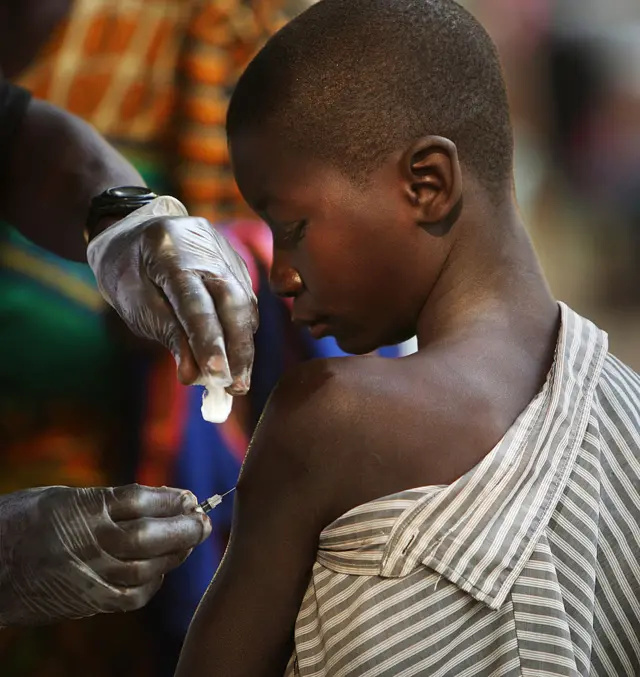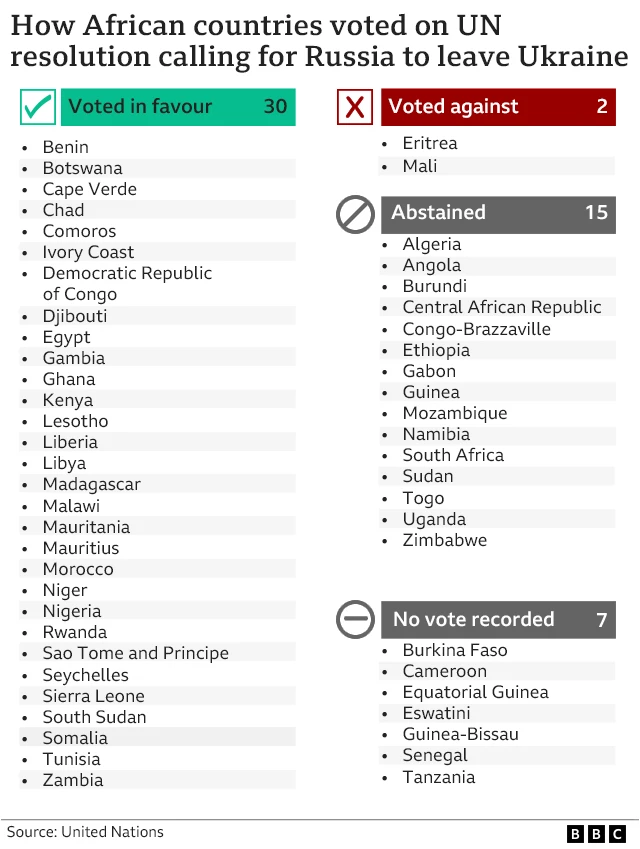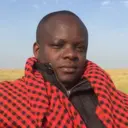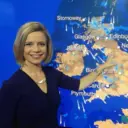Cyclone Freddy batters Madagascarpublished at 00:00 GMT 25 February 2023
Cyclone Freddy has made landfall on Madagascar, leaving destruction in its wake. At the time this edition of Science In Action is going to air, Freddy is on course to reach Mozambique and South Africa.
Freddy, which has been gaining strength since it originally formed on the 30th of January, is the most powerful southern hemisphere cyclone on record. Professor Francois Engelbrecht provides the science behind the storm system. In the centre of our galaxy, an enormous cloud is heading towards the Milky Way’s supermassive black hole. Dr Anna Ciurlo tells us that this is a unique opportunity to study the influence of the black hole on the cloud’s shape and properties. We’ve heard a lot about balloons floating above Earth recently… but what about sending balloons to Venus?
That’s exactly what Dr Siddharth Krishnamoorthy is proposing in order to study Venus’s seismic activity. Recorders on a “floatilla” above the planet’s surface could listen into Venus-quakes and reveal Venus’s mysterious past. And closer to home, scientists have discovered a new layer in the Earth’s core. We journey into the very centre of the Earth with Professor Hrvoje Tkalčić, who tells Roland what the innermost inner core can teach us about our planet’s past.
And, If, like this week’s Crowdscience listener Lili, you’re an avid gymgoer, you may well have wondered where your fat disappears to when you exercise?
Well, the short answer is that we convert it to energy that powers a whole range of physical processes, from breathing to walking as well as lying down and doing nothing. But the science behind energy expenditure is a little more complicated than that.
Presenter Anand Jagatia pops on an exercise bike to have his metabolism measured, and learns that he may be relying on an entirely different source of fuel as he works up a sweat. But is all that hard work worth the effort it involves? Recent research suggests there's a limit to the number of calories us humans can burn, and that doing physical activity isn’t a sure-fire way to keep trim.
Even hunter-gatherers who walk 13,000 steps a day have the same metabolic rate as the average American. So if working out isn't the best way to lose weight, how about harnessing our own fat to tackle the complications of obesity? It used to be thought brown fat was exclusive to babies (and bears) but we now know adults have some of it too, and it seems to play a vital role in combatting a range of chronic diseases including hypertension and diabetes.
Image: NASA Earth Observatory image by Lauren Dauphin, using VIIRS data from NASA EOSDIS LANCE, GIBS/Worldview, and the Joint Polar Satellite System (JPSS). Producer: Roland Pease Assistant Producer: Sophie Ormiston














